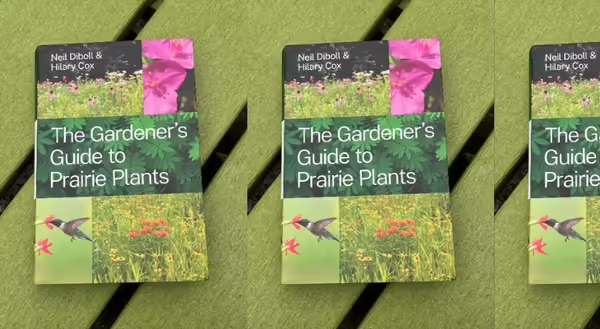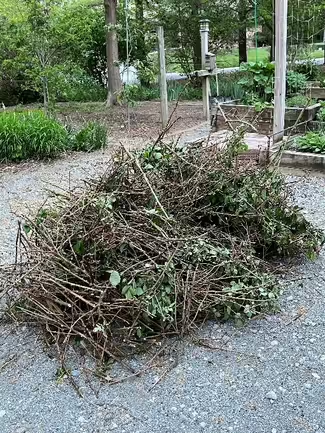
‘The Gardener’s Guide to Prairie Plants’ by Neil Diboll and Hilary Cox just came out and I already want the authors to start working on volume two just to expand from the 148 grasses, sedges, and flowers of the North American tallgrass prairie covered in this guide. The bulk of this book is a photographic field guide, showing each plant throughout the season, from early emerging seedlings to late season seedheads. As if that is not enough, the authors have provided detailed notes on each species’ distinguishing characteristics and how they differ from lookalike natives and/or weeds, as well as site preferences. Other chapters include topics on establishment, propagation, the prairie food web, and prairie seed mixes. And at the end is an impressive set of tables categorizing prairie plants every way there is to aid in selecting, siting, and propagation. I give this book an A+.
Like many gardeners, I am dealing with more than normal winter injury to several woody perennials this spring. In my jungle, the Japanese maples, azaleas, weigelas and Knock OutÒ roses were the hardest hit, necessitating significant pruning to remove dead wood. Thorny roses are never fun to prune, but the Knock OutÒ roses “seem” to have extra-large, extra-hard and extra-sharp thorns that snag on everything, especially hair and skin. I find a hooded Carhartt jacket and leather gloves provide the best protection, but nothing is perfect. To describe how much winter damage occurred, from my 12-plant, four-foot-tall hedge, the dead canes made a pile three feet high by six feet wide. Several of the plants had to have all previous growth removed, relying on new canes to restart the plant. Even with so much damage, all look to survive. Unfortunately, that was not the case with other plant species.
I need to keep remining myself to take the time to thoroughly enjoy my garden, and not view it from the standpoint of how much work still needs to be done to keep it somewhat under control. This past week I took a week off just to work in the yard, but I made sure to take some time just to relax and enjoy what I have created, as well as the animals I have invited in the process. For the most part I treasure wildlife, but when you invite wildlife into your yard, there are consequences. They eat plants you don’t want them to, they bring in on their fur and poop seed of undesirable plants, and some dig holes and tunnels where you don’t want them to. I could go on and on, but in the end, I would not trade just a day’s bloom of a yellow trillium for a week if it meant to deer who ate it was absent from my garden.

